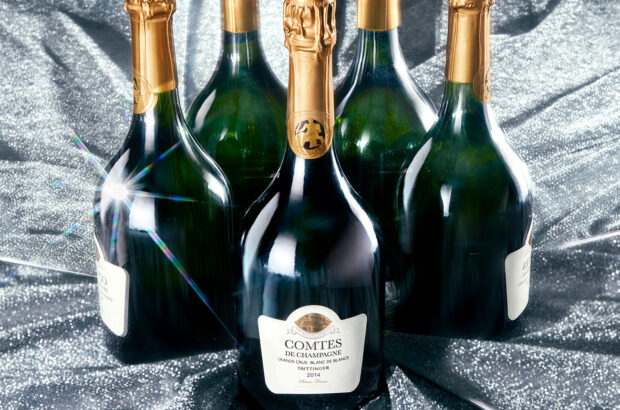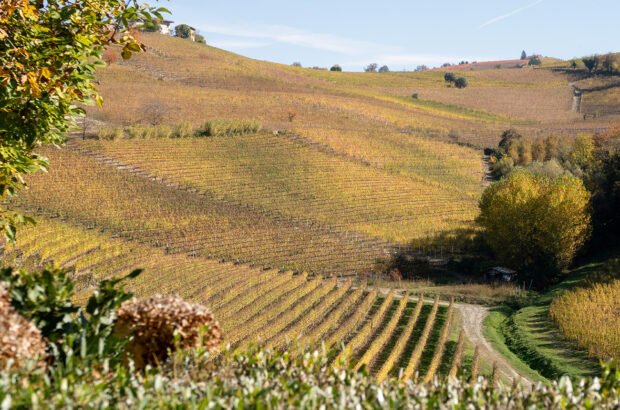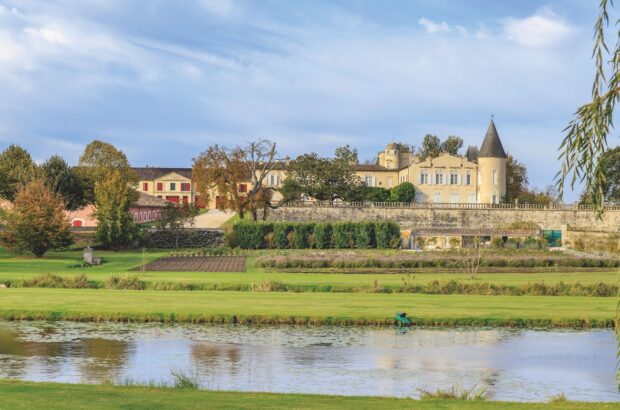Currently enjoying a revival thanks to cocktail culture, Vermouth di Torino has fought to establish its quality credentials. Michaela Morris reports...
It’s just before noon and Roberto Bava, CEO of Giulio Cocchi and president of the newly formed Vermouth di Torino Institute, fixes me a drink. He pours equal parts vermouth and soda over ice, topping it with a twist of lemon.
‘The bubbles help bring out the aromas,’ says Bava of this concoction, known in Italy as a vermuttino. Nuances of rhubarb, ginger, liquorice and citrus emerge one by one, none dominating, and an inherent bitterness is curbed by integrated sweetness.
I realise I’m suddenly hungry, just as Bava offers some Parmigiano-Reggiano. ‘Vermouth is wine,’ he continues. ‘It goes with chocolate and cheese.’ The umami flavours of Parmigiano are remarkably complementary with the drink’s herbal notes. Nevertheless, vermouth is largely considered a cocktail ingredient rather than a gastronomic partner, and its role in the Negroni has been fundamental in salvaging its heritage.
Scroll down for five recommended vermouths to try
An aromatised fortified wine, vermouth has its roots in ancient civilisations who commonly infused botanicals in their wines. Wormwood, a powerfully scented and intensely bitter plant of the Artemisia genus, became particularly popular as a cure for stomach ailments. ‘Wormwood gave its name to vermouth through its German translation, Wermut,’ explains Bava.
As examples improved, vermouth transformed from a medicinal tonic into a beverage of pleasure. Italy’s Piedmont and France’s Savoie regions were the heart of production. The Alpine terrain is rich in wormwood and other botanicals like mint, sage and camomile.
Savvy apothecaries blended these with exotic spices from afar. In 1786 Antonio Benedetto Carpano created a superior elixir, based on Moscato Bianco. It was introduced to the Duke of Savoy and became the drink of the royal court. Vermouth was also adopted by the chic cafés of Turin, cementing its role as Italy’s classic aperitivo.
Until World War II, vermouth was widely consumed, admired and traded. Then fascinating new drinks from faraway places lured young Italians away from vermouth. ‘Being a small artisanal producer we simply couldn’t compete with low-end products,’ explains Bava, who discontinued vermouth production when he joined the family business in the 1980s. others followed suit.

Roberto Bava, CEO of Giulio Cocchi and founding member of the Vermouth di Torino Institute
Cocktail chic
Instead of this being the final chapter for vermouth, America’s contemporary cocktail culture gave it a new lease of life. Bartenders and cocktail writers such David Wondrich and Ted Haigh spawned a renaissance for classics like the Americano, Manhattan, Martinez and above all the Negroni – the judiciously stirred mix of gin, Campari and sweet red vermouth over ice, finished with a curl of fresh orange peel – rekindling a desire for superior and historical products. Vermouth suddenly became cool again.
Encouraged by this renewed interest, producers have been reviving original recipes. Bava led the way, launching Storico Vermouth for Cocchi’s 120th anniversary in 2011.
Then renowned Barolo producer Pio Cesare resuscitated its family recipe, which hadn’t been made since the 1950s, and Martini released two new speciality vermouths in 2015. The revival even resurrected Chazalettes, which had shut down in the 1970s.
The real deal
‘Now it’s popular, everyone is jumping on the bandwagon,’ states Bava. But not all bottles touting vermouth are created equally. Some do not even use wormwood, the plant which defines vermouth. ‘It’s like making limoncello without lemons,’ decries Bava. ‘It is fake.’
Furthermore, other producers with no connection to Piedmont have deceptively labelled their wares Vermouth di Torino. While this has been a geographical denomination since 1991, no regulatory body nor laws defining its production parameters existed to protect Vermouth di Torino.
The Vermouth di Torino Institute was formed for these very reasons. An alliance of 15 brands – Bèrto, Bordiga, Carlo Alberto, Carpano, Chazalettes, Cinzano, Del Professore, Drapò, Gancia, Giulio Cocchi, La Canellese, Martini & Rossi, Sperone, Torino Distillati and Tosti – came together to draft the regulations. ‘Big producers and small, we worked together with the same goal of saving an appellation that belongs to Italy,’ says Bava.
The outcome was Law 1826, established on 22 March 2017. It defines Vermouth di Torino as ‘an aromatised wine obtained in Piedmont using Italian wine only, with the addition of alcohol, flavoured mainly with Artemisia from Piedmont together with other herbs and spices.’
While the alcohol can range from 16% to 22%, a superiore category requires 17% or higher. Furthermore, a minimum of 50% of the base wine and three of the herbs must come from Piedmont for superiore. ‘Generic vermouth will still exist,’ explains Bava, ‘but it will be a quality pyramid with Vermouth di Torino as a premium category.’
Diverse styles are represented by an array of colours and sweetness levels. They all have their place in cocktails, but are equally enjoyable on their own, chilled or over ice. Whereas a rosso is best served at 16°C, its progressively paler-hued siblings rosato, ambrato and bianco are ideal at 14°C-12°C.
In general, Vermouth di Torino is traditionally sweeter than its French counterparts, though varying levels of sugar are indicated by classification as extra secco (less than 30g/l sugar), secco (less than 50g/l) and dolce (sugar equal to or exceeding 130g/l).
Above all, Vermouth di Torino is an aperitif with a long and noble tradition of stimulating the appetite, as well as great conversation. And, according to Bava at least, this is appropriate ‘anytime’.












